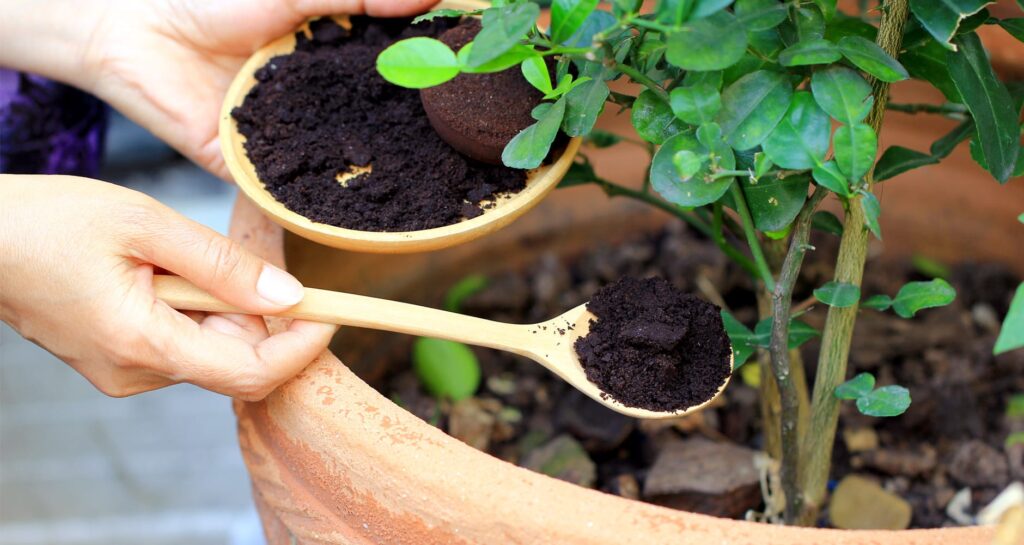
Other great organic fertilizers are; grass clippings, weeds, egg shells, banana peels, kitchen scraps …you get the gist. Organic stuff
Contemporary commercial walnut farming practices suggest that once a year (on summer, July- August) we should collect at least 100 leaves from our trees and send them to laboratory for a detailed nutrient analysis. If we detect that the average leaf has some nutrient deficiencies (some important chemical elements are below acceptable standards), then we can intervene and correct the nutrient problems by consulting an agronomist and adding the proper element, for instance a zinc amendment, through foliar application. (In most cases, copper, zinc and boron foliar applications are made after harvesting).
In general, walnut trees have great needs mainly in Nitrogen, and secondly in Phosphorus and Potassium. Many commercial walnut farmers add 1300 lbs. (589 kg) ammonium sulfate (ΝΗ4)2SΟ4 per hectare every year. Keep in mind that 1 hectare = 2,47 acres = 10.000 square meters and 1 ton = 1000 kg = 2205 lbs. They also add 1000 lbs. (454 kg) of P2O5 and 500 lbs. (227 kg) of Potassium sulfate (K2SO4) per hectare every 3 years. These quantities are often spread in 2-3 applications, starting during early spring and ending during autumn. However, these are just some common practices applied on mature walnut orchards and should not be followed without making your own research. Keep also in mind that –especially when adding large quantities of N- there is an increasing need to frequently check soil pH and add lime in order to raise it to suitable levels.
Excellent fertilization of mature walnut trees can be managed by adding manure. Many farmers add 10 to 20 tons of manure per hectare every one or two years. When they cannot find manure at a reasonable price, many farmers apply green manure, mainly legumes. In this case, walnut growers sow legumes in the autumn. During the next few months, they add phosphorus and potassium to the field in order to help legumes grow quickly. They finally plow the plants, incorporating them into the soil just before their flowering (spring – April , May). Keep in mind that during the decomposition of organic matter, there is increased nitrogen consumption. Consequently, many farmers add -at the time of plowing- nitrogen (in nitrate form) to the soil so as to avoid any nitrogen deficiency (ask a licensed agronomist).
However, these are just common practices that should not be followed without making your own research. Every field is different and has different needs. Checking the soil nutrients and pH is vital before applying any fertilization method. Leaf analysis is very important in order to diagnose and correct nutrient deficiencies in walnut tree, always after consulting a certified agronomist.
https://wikifarmer.com/
